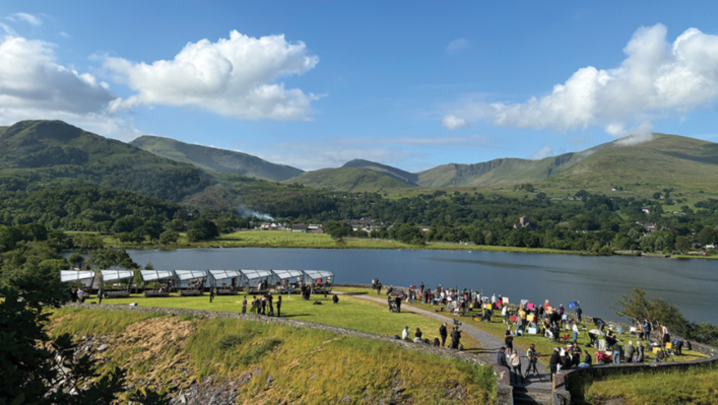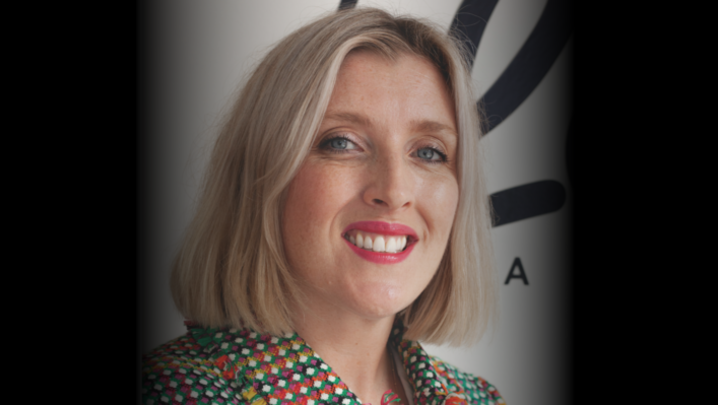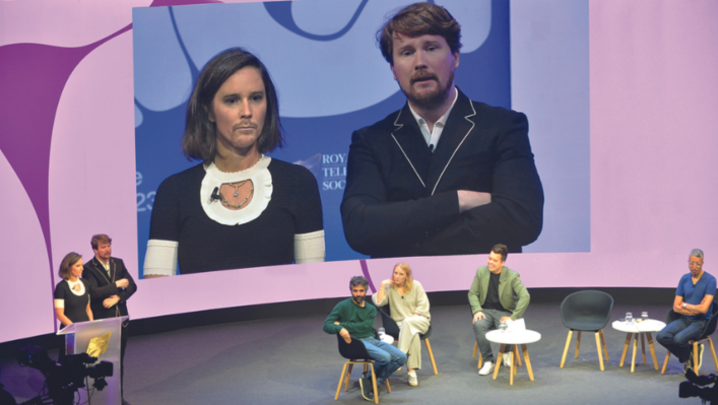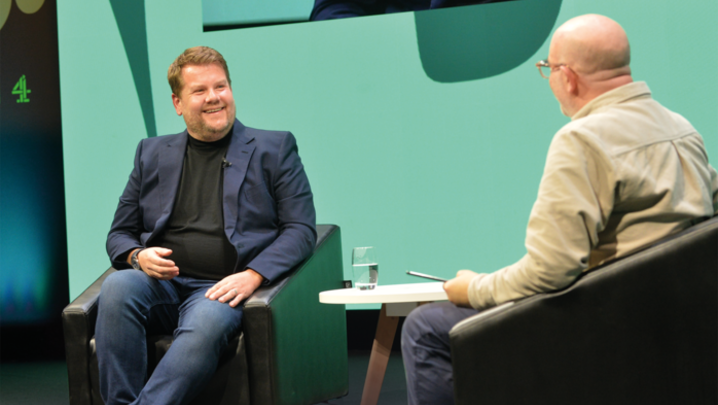Foley artist Ruth Sullivan has been adding sound to TV programmes for more than two decades, most recently to Killing Eve.
In post-production, she mimics the actors’ steps and actions – and, for the BBC thriller, the gruesome murders – to add authenticity to the sound. Her craft is named after Jack Foley, who pioneered performing effects live and in sync with the pictures on early Hollywood talkies.
What does the job involve?
We get a feel for a programme and then record a “moves track”. I stand in front of a microphone holding different pieces of cloth such as denim, cotton and silk, moving the material to match the movement of the actors on screen. Then we mimic footsteps, using different shoes, and work on spot effects, such as closing a door, making tea or shuffling paper.
So, you’re trying to recreate the sounds made by actors?
We can also, say, recreate the sound of leaves blowing in the wind. We are informed by what’s on the screen and try to recreate everything that makes a sound in a scene. Then it’s up to the sound mixer to decide if the Foley effect is needed to accentuate a sound or movement, or whether to stick with the location sound.
Where do you work?
Largely in dedicated Foley studios, which have the props and the surfaces you need to create the effects. I bring my suitcase with me, which is mostly filled with different types of shoes. We take about three days to record the effects for an hour of drama.
Why not use pre-recorded effects?
A sound effects editor does that, creating and bringing in sounds for a full track of sound effects. But, for the detailed sound, it’s so much easier to record them as they happen on screen – an actor may put a glass down on a table, but is it done with care or anger? Does it have ice clinking in it? You could spend hours trawling through an effects library to find an effect that matches what you see on screen.
How did you become a Foley artist?
I was struggling to find dancing and acting work in the 1990s, and signed up for a small agency that was training dancers to do Foley work. The agency taught us some tricks of the trade and I was allowed into the studio. When I started, we worked in pairs; now that only happens on the bigger films. I was the junior in a partnership for my first couple of years.
It must help that you are also an actor and dancer?
It does, and there are a few of us in the Foley world. In theory, we have rhythm and co-ordination, and are used to following a choreographer. I like to get into the drama of a piece – that’s the actor side of me coming out.
What was your first programme?
Half a day’s work at Shepperton Studios in 1996 on ITV’s Soldier Soldier, which starred Robson Green and Jerome Flynn. It was terrifying – the first effect I had to do was somebody jumping out of a plane.
What Foley effects have you most enjoyed doing?
On Highlander: Endgame, I learned how to replicate the sound of heads being chopped off and all sorts of fantastically over-the-top effects. BBC One thriller Bodyguard was great fun – there was a car crash one minute, machine guns the next, and then the fine detail of the relationship between the two protagonists, Richard Madden’s bodyguard and Keeley Hawes’ politician.
I’ve worked on all three series of Killing Eve, which has been a fantastic experience. The sound mixer loves Foley, so the stuff we do is often mixed at a high level, adding this soundscape of atmospheric sound.
What has been your most challenging work?
I worked on the film of the controversial Russian Dau project, in which subjects lived Big Brother-style in a Soviet-era research institute. I did two weeks of Foley effects, many of which were gruesome. There were pigs being slaughtered and a violent sex scene – it was vile.
What makes a good Foley artist?
You need a good ear, and a feel for what works in terms of the loudness and texture of sound. And you need to be able to adapt: to working on different types of programme, which make different demands of you; to the people you work with; and to the facilities available.
What are the best and worst aspects of the job?
The best is making a mess and making a noise – all the things you’re not allowed to do in life. The worst is the lack of recognition within the industry. Sadly, Foley artists often don’t get credits and are usually missed off award nominations or screening invitations. Yet, no drama or feature film would be released without us.
Do Foley artists work outside TV and film?
I’ve worked in opera, on Simon McBurney’s production of The Magic Flute, mimicking the performers and syncing the sound live. For that, I was visible on stage in a booth, from which I also added atmospheric sound. I got to use a huge thunder sheet, which I played with a violin bow and a poker, making all these weird, wonderful and huge sounds.
How has the job changed over time?
We record more Foley effects now for a programme. Modern TV drama has more close-ups, which means we need to recreate more sounds – the detail we go into is extraordinary.
Dramas such as Netflix’s Stranger Things and Killing Eve use Foley as a method to bring the audience into a scene. It’s a good time to be a Foley artist – I’m really enjoying my work.
Foley artist Ruth Sullivan was interviewed by Matthew Bell.






